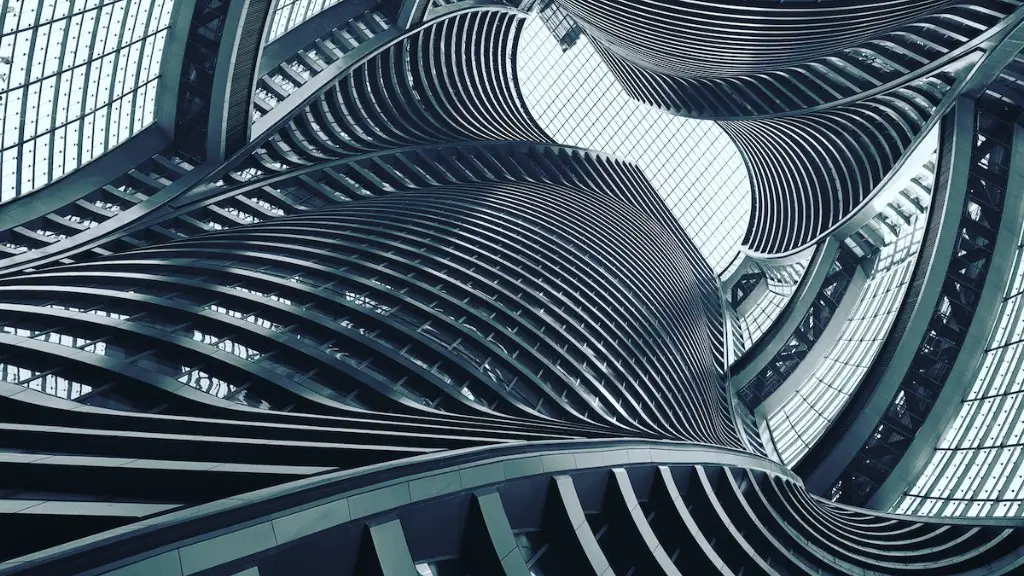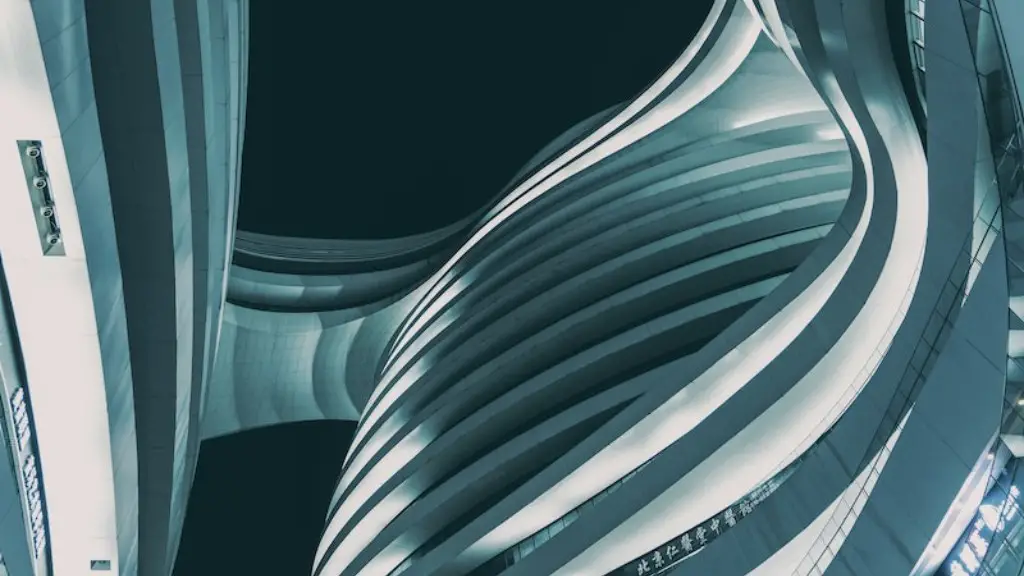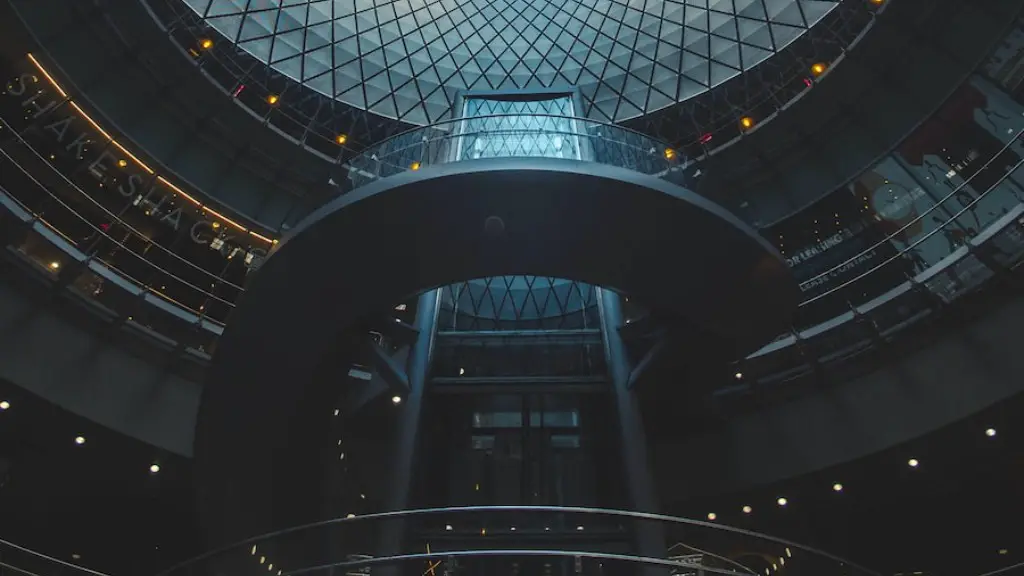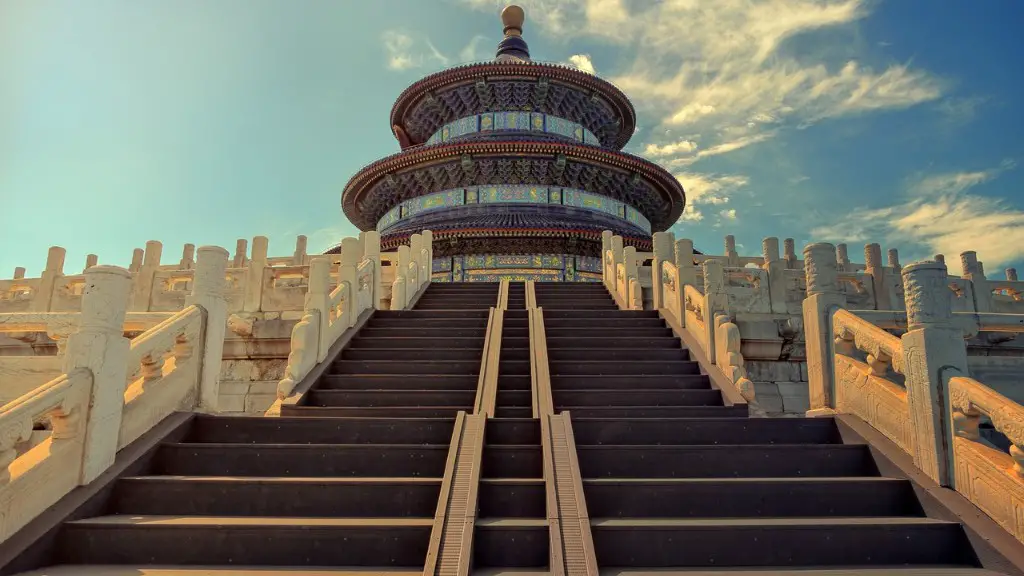Intertwining Old And New Ideas
Architecture remains a crucial part of the modern and traditional worlds. From the Great Pyramid in Egypt to the Burj Khalifa in Dubai, each architectural feat has been a breakthrough, one that transcends far beyond the art and design itself and becomes part of the culture, aesthetics, and politics of the area it is in. But what does it mean for traditional architecture, where traditional styles and forms remain unaltered for years, to coexist alongside the new revolutionary structures of our present day?
The answer to this question isn’t so easily answered, as there are both pros and cons to this space-sharing between the old and the new. Jaap Evert Abrahamse, an architectural historian, has said “the question is not if tradition and modernity can coexist; they must.” And upon further inspection, it becomes clear as to why this is the case. Exploring both the positive and negative implications of such a thesis could allow a greater understanding of the discourse and how traditional and modern architecture can indeed coexist.
A Marriage Of Styles
When it comes to traditional architectures of any given region, there tends to be a clear aesthetic that sets it apart from others. For example, Italian construction is founded on the principles of the neoclassical era, where Ancient Greek and Roman architecture is greatly celebrated and present in most major ruins and historical sites. This admiration and respect for prior generations can be seen as a link that binds both traditional and modern architecture.
It’s not just admiration of great architecture but also the acknowledgment that our current aesthetic should be both a combination of the past and the future. Some of the best modern architectures exist in a way that it pays homage to the heritage and culture of the region it stands in. This is done by either incorporating existing structures or trying to use traditional aesthetics in the design.
One such example is Zaha Hadid Architects’ Heydar Aliyev Centre in Baku, Azerbaijan. The structure was not only named in honor of Heydar Aliyev, a former president of the country that set the groundwork for modern Azerbaijani architecture, but incorporates traditional elements such as Islamic patterns and forms, curved lines and a specifically designed handrail to separate the audience from the outside world.
Honoring The Traditional Architectural Legacy
By mixing traditional and modern architectural principles, designers are also able to engage in a much more effective dialogue with their audience than with either style used in isolation. Traditional architectures evoke certain emotions that modern constructions may not. Consider Tokyo’s Imperial Palace, where its traditional Japanese design is an embodiment of the country’s rich historical and cultural heritage. It is because of this that the Imperial Palace is not only a great tourist destination, but also a highly revered monument.
In modern architecture, designers implement things like sustainability and technological advancement, which creates a more interactive relationship between the structure and the people who use it. Architects like Jean Nouvel and Renzo Piano have mastered the art of bringing the two together, where there is enough prominence for both for each to be present.
By including traditional elements, modern structures are given a greater opportunity to become both prestigious and admired. One example of this is Frank O. Gehry’s Guggenheim Museum in Bilbao, Spain. The design is nuanced, combining both traditional styles, such as the country’s Gaztelubide architecture, as well as modern industrial elements, such as the steel cladding that wraps around the exterior of the structure.
The Blessing And Curse Of The Old And The New
Not all architects and designers are able to consider how traditional and modern elements can cooperate so harmoniously. In some cases, typifying the traditional design of an area directly clashes with the vision of a certain designer, who may instead push for modern and revolutionary practices without considering the prioritization of the traditional design. This could lead to a lack of understanding between the two.
With all the attempts to embrace both traditional and modern architecture, there is another issue at hand: the potential oversaturation of such efforts. While traditional architecture pays homage to the past, it must also find a way to innovate. If the same style is used over and over again, then this ultimately oppresses the advancement of modern architecture and the potential for progress.
It is for these reasons that a careful balance must be upheld to ensure that both traditional and modern architecture can peacefully exist side-by-side. This will only be possible if each has enough room for both innovation and preservation, allowing for the traditional to inspire and inform modern designs, and for the modern to challenge traditional practices.
Integrating Technology And Nature
In recent years, sustainable architecture and technologies have been fused with traditional cultural values and archaeological heritage, giving rise to a combination of the old and the new that has been so crucial to the advancement of architecture. With this, it has been possible to combine traditional methods of construction with modern technologies, such as the use of wind turbines and solar panels, to ensure that the building is as ecologically sustainable as possible, while still preserving its historical context.
The modernizing of traditional architecture has also seen a shift in the construction of new homes and buildings, with many using natural and organic materials instead of concrete and steel. This allows the traditional aesthetic of a given area to be safely preserved, while also allowing for the incorporation of modern accents in a more environmentally friendly way.
Modern technologies have also allowed for a wider variety of architectural designs to come about, ones that use new materials, energy sources, and building techniques, but are still based on traditional influences. This is known as “adaptive architecture”, where an architect takes the existing structures of a given area and modifies them in a way that also respects their original design and intention. This ensures that traditional elements are not neglected or cast aside, as modern ideas begin to take over.
Creating A Healthy Compromise
At the end of the day, traditional and modern architecture need to exist in harmony. In many ways, the integration of new and old ideas is a metaphor for the human race itself, where even the most radical difference in belief don’t have to be problematic. Indeed, such differences can be embraced, so they can each give something unique to the other and allow new things to be born.
The goal is to create a synergy between the two so that traditional designs can be celebrated without overshadowing the potential of the present. It is through this that a respectful bridge between architecture’s past, present, and future can emerge and continue to be an important part of our collective journey.
New Builds For Old Ambitions
As the demand for city centers and larger housing complexes continues to grow, more and more buildings are being constructed to fulfill the need. While modern designs are often the go-to option, many traditional buildings are being renovated with new facades, roofs, and internal architecture, while still keeping the same traditional – and historical – exterior. That way, these structures can still maintain the same charm and philosophy as when they were first constructed.
Developing new techniques and market strategies have allowed designers to remain faithful to traditional architectures, as well as apply modern technologies. This has led to an array of structures that have remained true to their roots, while also forging an identity of their own in a world that is constantly changing. By allowing old and new ideas to coexist, buildings become more than just serviceable infrastructures – they become tools for communication and connection, fostering a greater appreciation for cultural history.
Evolutionary Revolutions
As times change and our needs become greater, it becomes necessary to find a middle ground between evolution and preservation. By understanding the value of both traditional and modern architecture, it can be possible to reach a compromise that meets modern expectations, while still celebrating all that the past has to offer.
At the same time, the positive implications of such a combination cannot be overstated. It proves that the two can come together and create something truly unique and interesting, while also paying their respects to the previous generations who were behind modern architecture’s predecessor structures.
The call is clear, as architecture becomes a further tool of communication: traditional and modern structures must coexist. Only then can our cities and buildings be transforms into something even more beautiful, something that reflects our past, present, and future lives.
Creating Aesthetic Connections
The juxtaposition of traditional and modern architecture can also be seen in interior design, where classic pieces are often combined with contemporary pieces in order to create a more interesting and cohesive look. This is done by taking traditional elements, like furniture, and adding modern touches, such as vibrant colors or metallic accents.
Additionally, traditional and modern designs can be simplified so that they look similar to one another, creating greater harmony between the two. This way, rooms can maintain their individual styles without disconnecting from each other. This is commonly seen in modern-day homes, where vintage and modern furniture blend together nicely to create a comfortable yet stylish look.
These connections can also extend outwards, as interior and exterior design come together to create harmonious living spaces that draw people in and create a greater connection to their environment. This ensures that both traditional and modern styles enrich each other, rather than compete with each other.
Reflecting Our Rich Histories
By combining traditional and modern elements, traditional and modern architecture can come together to create something unique and innovative. This is especially important in places with deep cultural histories, where the structure of buildings could include both an appreciation of the past and a hope for the future.
The world’s cities can be seen as reflections of its peoples’ stories, its evolution and its potential. Traditional and modern architecture is integral to this, as it allows for a greater appreciation of different cultures, a respect for historical structures, and a celebration of our ever-changing world.
The question of whether traditional and modern architecture can coexist is a loaded one, yet it is one that must be answered. We, as architects, artists, and citizens, all have an obligation to work together to create spaces that remain true to our shared histories, while also propelling us into a healthier and more vibrant future.





